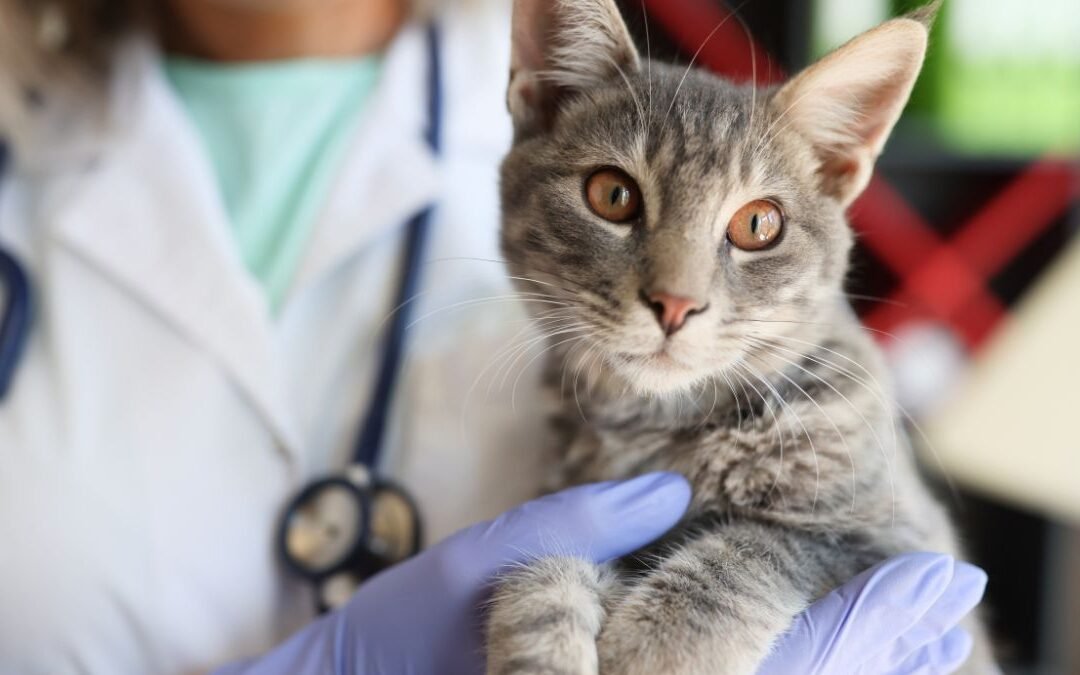Cat insurance is designed to provide peace of mind—a safety net when unexpected vet bills threaten to overwhelm your budget. But like any financial system, it can be misused. That’s why fraud prevention plays such a critical role. While the vast majority of cat owners are honest, a small number who try to bend the rules can drive up costs for everyone else, making premiums less affordable and slowing down claims for those who play fair.
Understanding how fraud prevention works in pet insurance for cats isn’t just about knowing what insurers look for—it’s about recognizing how these safeguards protect you and your cat. When fraud is minimized, the system runs more smoothly, reimbursements arrive faster, and coverage remains sustainable for the long haul.
What Fraud Looks Like in Cat Insurance
Fraud in cat insurance occurs when someone—whether a policyholder or even a veterinary provider—deliberately submits false or misleading information to get coverage or payment they wouldn’t otherwise receive. It can be as small as exaggerating a claim or as serious as fabricating entire medical histories.
Some common examples include:
- Falsifying medical records to hide pre-existing conditions
- Altering invoices to inflate treatment costs
- Submitting claims for procedures that never happened
- Labeling elective care as “accidental” to force coverage
- Using another pet’s records to file claims for a non-covered cat
Fraud isn’t just unethical—it’s illegal. And insurers have become increasingly sophisticated at spotting it.
Why Fraud Prevention Matters
Fraud prevention isn’t about suspicion for its own sake. It’s about protecting the system so that:
- Legitimate claims are processed quickly and fairly
- Premiums stay affordable for honest policyholders
- Coverage remains sustainable for future cat owners
When fraud goes unchecked, insurers often respond by raising premiums, tightening policy terms, or limiting coverage. That means everyone pays the price for the actions of a few.
How Insurers Detect Fraud
Behind the scenes, insurance companies use a mix of technology, data analysis, and human expertise to flag suspicious claims. Here’s how it works:
1. Claims Pattern Analysis
If a customer files frequent, high-cost claims that don’t align with the cat’s medical history, red flags go up. A sudden spike in claims can trigger closer review.
2. Veterinary Record Audits
Insurers often request full medical records, not just invoices. Missing or inconsistent records can lead to further investigation. Sometimes, they’ll even contact the vet directly.
3. Data Cross-Checking
Claim data is compared against past submissions, enrollment forms, and even national databases. If details don’t match, it may signal fraud.
4. AI and Machine Learning
Advanced systems now scan billing codes, treatment timing, and diagnostic data for anomalies. These tools don’t make final decisions, but they flag unusual activity for human review.
What Happens If a Claim Is Flagged?
If your claim is suspected of fraud, the insurer may:
- Pause or delay payment while investigating
- Request additional documentation like vet notes, x-rays, or receipts
- Contact your veterinarian directly
- Escalate the case to a special investigations unit (SIU)
If fraud is confirmed, the consequences can be serious: claim denial, policy cancellation, bans from future enrollment, and even referral to law enforcement. For honest cat parents, the best defense is simple—submit accurate documents every time, even if you’re stressed or in a hurry.
Fraud Prevention Measures You’ll Encounter
To protect the system, insurers build safeguards into policies. These may include:
- Waiting periods to prevent last-minute enrollments after a cat becomes sick
- Pre-authorization for certain costly procedures
- Vet verification of diagnoses and treatments
- Exclusions for pre-existing conditions confirmed through medical history
These steps may feel like hurdles, but they’re designed to keep premiums stable and ensure fairness for everyone.
How Cat Owners Can Avoid Mistakes
Even honest owners can make errors that look suspicious. To keep your claims clean:
- Submit complete invoices, not estimates
- Never alter vet notes—send exactly what your veterinarian provides
- Double-check that policy details (breed, age, microchip number) match vet records
- Call your provider if you’re unsure about coverage before scheduling procedures
- Always use your real name and address on insurance communications
Transparency not only prevents denials but also builds trust with your insurer, ensuring smoother reimbursements.
What If You Suspect Fraud?
If you believe another pet owner or even a veterinary provider is committing fraud, most insurers offer anonymous tip lines or online reporting tools. Reporting fraud helps:
- Protect the integrity of the insurance pool
- Prevent rising premiums caused by abuse
- Ensure honest claims are processed faster
It may feel uncomfortable to report, but doing so contributes to a healthier, more sustainable system for all cat owners.
Fraud Prevention Protects Everyone
Fraud prevention in cat insurance isn’t about catching people off guard—it’s about making sure the system works fairly and consistently. For responsible cat parents, supporting these efforts means faster payouts, better service, and lower costs. Insurance is a shared responsibility, and when fraud is minimized, everyone benefits. That means your cat gets the care they need, your wallet stays protected, and the trust between policyholders and insurers remains strong.
To learn more about how pet insurance for cats works and how to choose the right plan, visit our Cat Insurance FAQ page for detailed guidance.
